Orchids are among the most beautiful and exotic flowers in the world. With their diverse shapes, colors, and sizes, they can add a touch of elegance to any space. However, orchids can be a bit finicky, and keeping them healthy and beautiful requires some specific care. Here's a detailed guide on how to care for orchids to ensure they thrive.
Other Topics You Might Like
Helpful Products You Might Like
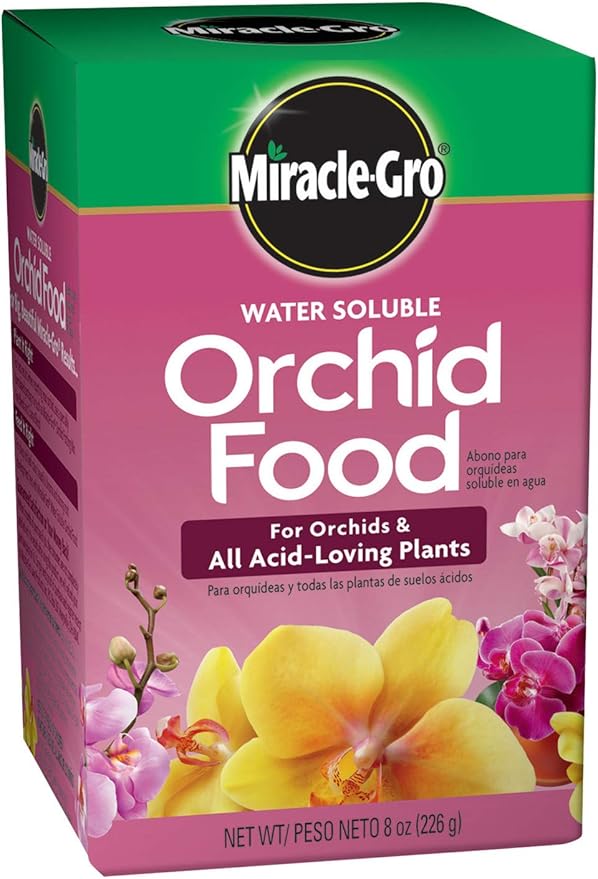
Miracle-Gro Water Soluble Orchid Food
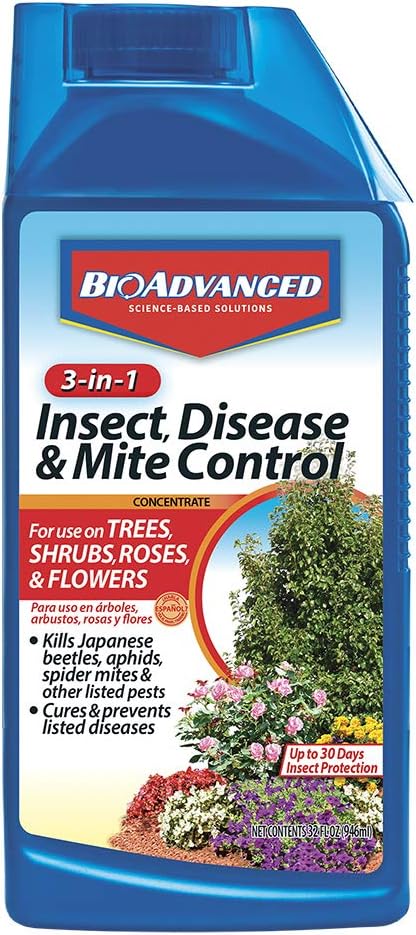
BIOADVANCED 3-in-1 Insect Disease & Mite Control Concentrate
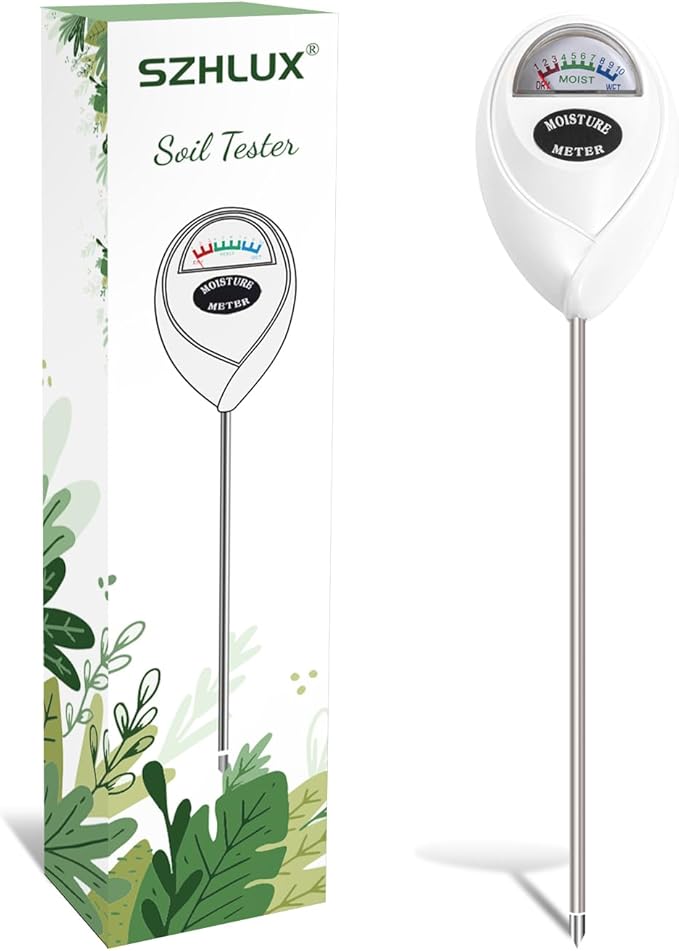
SZHLUX Soil Moisture Plant Water Monitor
"(Paid Links)" 
Choosing the Right Orchid
There are over 25,000 species of orchids, but the most popular ones for home growing include Phalaenopsis, Dendrobium, and Cattleya. When choosing an orchid, consider the growing conditions you can provide. Phalaenopsis, also known as moth orchids, are a good choice for beginners due to their relatively easy care requirements.
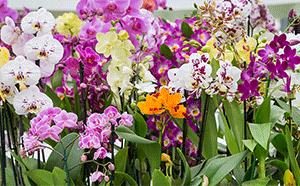
Proper Light
Light is crucial for orchid health:
Indirect Light
Most orchids thrive in bright, indirect light. Direct sunlight can burn their leaves, while too little light can prevent them from flowering. A north or east-facing window is ideal.
Artificial Light
If natural light is insufficient, especially in winter, supplement with artificial grow lights. Position the light about a foot above the plant and provide 12-16 hours of light per day.
Watering
Watering orchids correctly is one of the biggest challenges for growers:
Water Needs
Orchids generally prefer to dry out slightly between watering's. Overwatering is a common mistake that can lead to root rot.
Watering Schedule
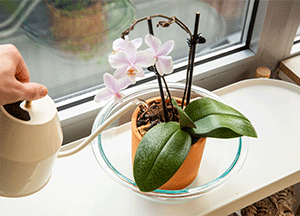
Water your orchid once a week during the growing season and every two weeks during the dormant period. Use room temperature water and water thoroughly, allowing it to drain completely.
Humidity
Orchids prefer humidity levels of 40-60%. Increase humidity by placing a humidifier nearby, grouping plants together, or setting the orchid pot on a tray of pebbles and water.
Temperature
Temperature plays a key role in orchid health:
Daytime Temperature
Most orchids prefer daytime temperatures between 65-80°F (18-27°C).
Nighttime Temperature
Nighttime temperatures should be 10-15°F cooler than daytime temperatures. This drop in temperature is essential for flower development in many orchid species.
Fertilizing
Fertilizing orchids properly ensures they get the nutrients they need
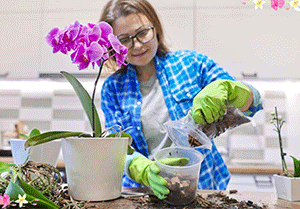
Type of Fertilizer
Use a balanced, water-soluble fertilizer with an equal ratio of nitrogen, phosphorus, and potassium (e.g., 20-20-20).
Frequency
Fertilize orchids every two weeks during the growing season and once a month during the dormant period. Dilute the fertilizer to half the recommended strength to avoid overfeeding.
Potting and Repotting
Potting orchids correctly is crucial for their health:
Potting Medium
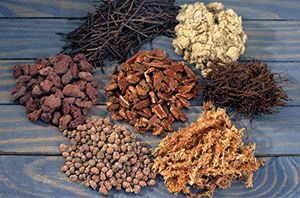
Use a well-draining orchid mix, typically composed of bark, sphagnum moss, and perlite. This allows air to reach the roots and prevents water from sitting at the bottom of the pot.
Repotting Schedule
Repot orchids every 1-2 years, preferably in the spring after they have finished blooming. Repotting prevents root rot and provides fresh growing medium.
Pruning and Maintenance
Regular maintenance keeps orchids healthy and encourages new growth
Pruning
Trim the flower spike down to the second or third node after an orchid has finished blooming to encourage new blooms. Remove any dead or yellow leaves to prevent disease.
Cleaning
Wipe leaves with a damp cloth to remove dust and allow the plant to breathe. Avoid using leaf shine products, as they can clog pores.
Dealing with Pests and Diseases
Orchids are susceptible to pests and diseases, which can be managed with proper care:
Common Pests
Watch for aphids, mealybugs, and spider mites. Treat infestations with insecticidal soap or neem oil.
Fungal and Bacterial Infections
To prevent infections, ensure good air circulation around the plants and avoid wetting the leaves. Remove infected parts promptly and treat them with appropriate fungicides or bactericides.
Conclusion
keeping orchids beautiful and healthy requires attention to their specific needs for light, water, temperature, and nutrition. With proper care and maintenance, your orchids can thrive and bring beauty to your home for years.
